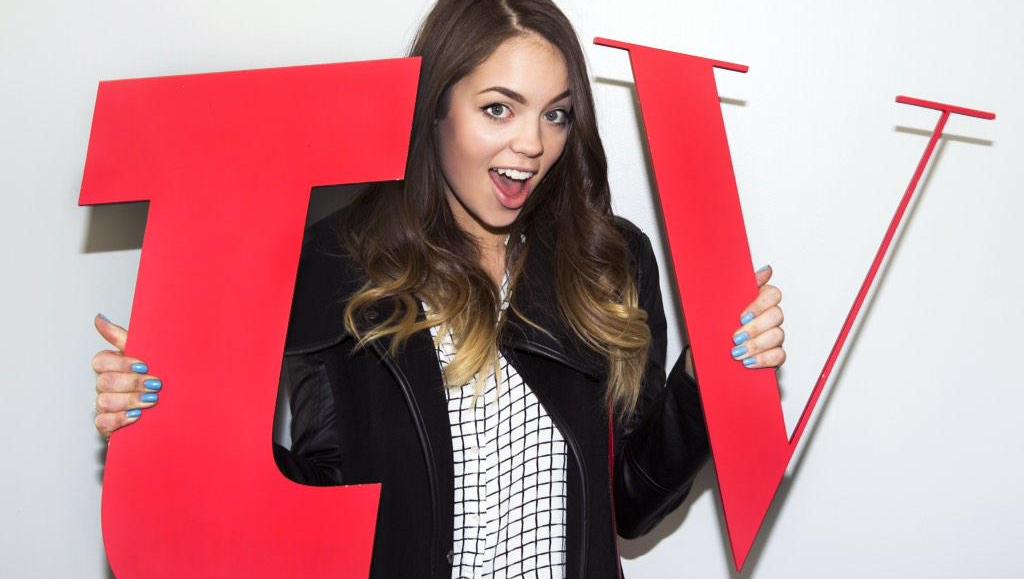
Move over, Hamish Bowles. The new video star at Condé Nast is a YouTube personality.
The publisher has struck a deal with Claudia Sulewski, who has more than a million subscribers on her BeyondBeautyStar YouTube channel, in an effort to expand its Teen Vogue YouTube channel. Sulewski will become Teen Vogue’s regular “YouTube host,” working with Teen Vogue editors and Condé Nast Entertainment, the company’s video arm, to create and star in regular video content exclusively for that channel. Condé Nast plans to work with other YouTube stars in a similar capacity across other famous magazines in its stable, such as Wired, Bon Appétit, GQ and Vanity Fair.
It’s a pivot from the early days of Condé Nast’s video series, which starred editors of its own magazines. By teaming up with established YouTube talent, Condé Nast hopes to grow its audience on Google’s video-streaming platform. The idea is to give Sulewski and other YouTubers the resources to create high-quality videos while still keeping their voice and personality intact. That way, they can create the kind of content that has already resonated with their fans, who may decide Teen Vogue or other Condé Nast properties are suddenly must-watch channels.
“This is all about allowing these influencers to be their authentic selves,” said Michael Klein, evp of programming and content strategy at Condé Nast Entertainment. “In the case of Claudia and Teen Vogue, it’s what the audience is looking for on YouTube, and Claudia can really deliver that.”
It’s a boon for Sulewski and other YouTubers, too, who will receive the compensation and access that come from working with a prominent magazine publisher (Condé Nast wouldn’t disclose the terms of the deal). “With this entire collaboration, I definitely have a lot of freedom,” said Sulewski. “It feels very mutual and equal on both sides.”
Sulewski’s YouTube channel racks up nearly 2.4 million monthly views, whereas the Teen Vogue channel, with 213,000 subscribers, attracts just 887,000 monthly views, according to YouTube analytics platform OpenSlate. But YouTube stars aren’t Condé Nast’s only rivals in the YouTube ecosystem; it also competes with its own advertisers. Chanel, Louis Vuitton, Dior and other fashion brands have a major presence on YouTube, where they can bypass Condé Nast’s fashion publications and reach consumers directly.
“Condé Nast realizes it’s losing ground on digital,” said Fahad Khan, CEO of Tube Centrex, which builds video apps for brands and YouTube stars. “Working with YouTube stars is a very necessary step for them to revive their presence on digital, especially on digital video. And if they don’t do that, they’ll be dead.”
Other publishers have centered their video strategies around YouTube influencers. Mashable signed a deal with Collective Digital Studio in late 2013 to co-produce several video series starring the company’s YouTube talent. More recently, Condé Nast rival Hearst doled out more than $81 million for a 25 percent stake in AwesomenessTV, a large multichannel network.
“There are many publications that have tapped into influencers, but our strategy is to be very judicious about the influencers we work with,” said Klein. “You can see, when others have done it, it can be a very cynical relationship. If it’s not grounded in authenticity, it’ll fall apart.”
Homepage image courtesy Condé Nast
More in Media

Media Briefing: ‘Cloudflare is locking the door’: Publishers celebrate victory against AI bot crawlers
After years of miserably watching their content get ransacked for free by millions of unidentified AI bot crawlers, publishers were finally thrown a viable lifeline.

Vogue faces new headwinds as Anna Wintour — who agency execs say made ad dollars flow — shifts focus
Anna Wintour’s successor at Vogue will have to overcome the myriad of challenges facing fashion media and the digital publishing ecosystem.

Here are the biggest misconceptions about AI content scraping
An increase in bots scraping content from publishers’ sites represents a huge threat to their businesses. But scraping for AI training and scraping for real-time outputs present different challenges and opportunities.





